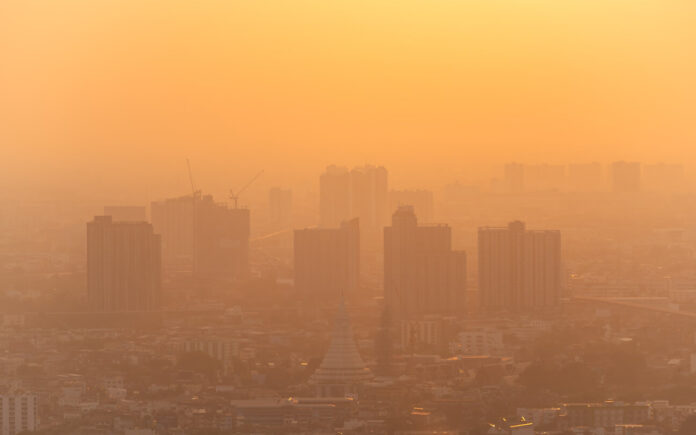Since this Tuesday, June 20, 2023, the sand of the Sahara has returned to France. The reasons: a sandstorm from the North African desert and a jet stream (corridors of wind circulating at high altitude) from the Maghreb. According to Météo Express, “the concentrations are expected to be significant and sufficient to give a particular tint to the sky (milky or even ocher appearance)”. Started at the beginning of the week, the phenomenon will continue until Thursday and will definitely end on Friday.
This week the sky will therefore take on an ocher hue in the regions crossed by the sand particles. This meteorological phenomenon, although rare, is completely natural. Thursday, thunderstorms forecast by Météo France could fix the dust on the cars. Indeed, by mixing with the rain, the sand is deposited more easily giving the streets a post-apocalyptic brown-yellow appearance.
While the sand passages of the Sahara can be aesthetic and a source of curiosity, they are also synonymous with negative repercussions. Indeed, sand dust contains fine particles that degrade air quality and can be aggressive for the lungs. It is therefore not recommended to practice physical activity during these weather episodes.
Worse, according to Le Parisien, the sand of the Sahara contains residues of cesium 137, a radioactive element. The presence of this toxic agent is explained by the organization of nuclear tests in the 1960s in the heart of the desert. However, the Sahara sand passages are considered safe for health by the Association for the Control of Radioactivity in the West (ACRO).
Discover in our slideshow below which departments are affected by the passage of sand from the Sahara until Thursday, June 22, 2023.















